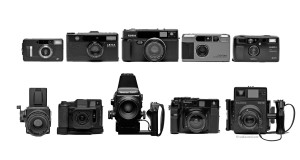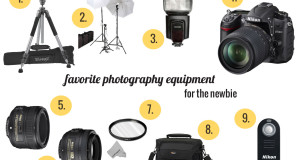So you want to buy professional photography software. Where do you start? You know the software will give you the tools you need to turn “okay” photos into visually pleasing pictures.
Photos that you once would have rejected and tossed into the trash will now become keepsakes due to the proper use of professional photography software. But make no mistake … there will usually be a learning curve that involves some trial and error. Remember, when it comes to photo editing software, sophistication is a relative term. What might be highly sophisticated to me may be child’s play with you.
In any case, even the more sophisticated software is usually streamlined for use without difficulty. At the outset of your quest for software, you must do an honest self-appraisal about your photography experience and ability to use products such as professional photo editing software.
And just what are your needs? Take a day or so to ponder this question, and keep a running list of what you think you need, then go through the list and decide on what you really need rather than what you think you need.
The moment has now arrived for you to do some serious shopping for picture editing software. It’s time to look at a checklist of features that are absolutely essential for any software you can buy, ranging from the low-end to the high-end. There should be absolutely no compromising on these features.
1. Easy to use. You want software that offers a good variety of features without making them difficult to use. Tutorials are one way the manufacturer does this. There also should be so-called “wizards†which magically perform an automatic fix to common problems.
2. Editing. You want to know the exact capabilities of this feature, which customarily allows you to add and improve such things as lighting and certain effects.
3. Help. The software company’s website should have a comprehensive, easy to understand list of frequently asked questions (FAQs). In addition, there must be good customer service through the telephone and e-mail.
4. Importing and exporting. This does not refer to international trade. It means the software must be able to support, at a minimum, the following formats — BMP, EPS, GIF, JPG, PDF, PICT, and TIF.
5. Organization. You want picture editing software that organizes and stores your photos in convenient locations. You should be able to retrieve the pictures you want via keywords or other means.
6. Photo sharing. You want to be able to share the pictures you really like with relatives and friends through e-mail and printing. Optimization tools are a very important part of this feature.
7.Versatility. Always look for those little extras that can give added value to any of the key features.
If you keep all of these things in mind, selecting professional photography software need not be a stressful experience.




